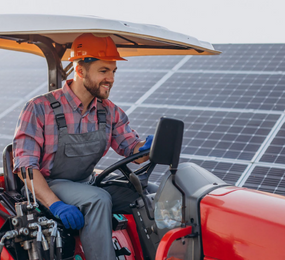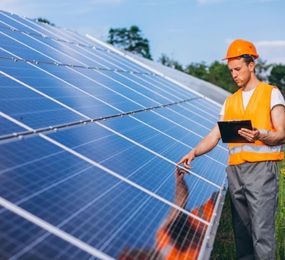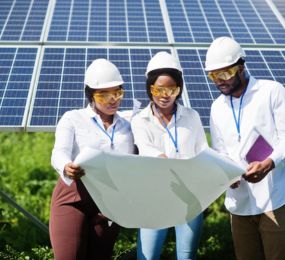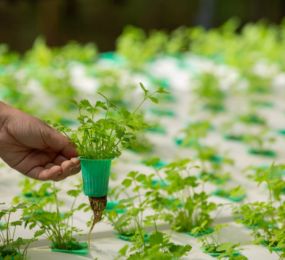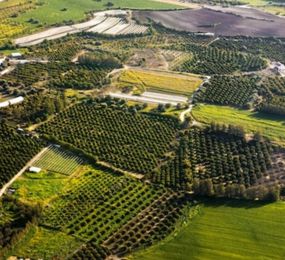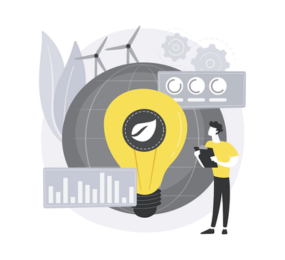AgriVoltaics, the harmonious marriage of solar energy production and agricultural practices, has captured the imagination of both environmentalists and farmers. But beyond the promise of environmental sustainability lies a crucial question: does AgriVoltaics make economic sense? The 3rd Annual AgriVoltaics Europe, taking place on November 6-7, 2024, in Vienna, Austria, aims to answer this vital question by delving into the financial considerations of this innovative technology.
Navigating the Cost Landscape
Initial investment costs for AgriVoltaics projects are understandably higher than traditional agricultural setups due to the additional infrastructure required for solar panels and energy generation systems. However, several factors contribute to improved economic viability over time:
-
Dual Revenue Streams: AgriVoltaics offers farmers a valuable new income stream by generating and selling clean solar energy. This diversifies their income and provides valuable financial security, particularly in the face of volatile agricultural markets.
-
Increased Crop Yields: The microclimate created by PV panels can protect crops from extreme weather and harsh sunlight, potentially leading to higher yields and improved crop quality. This translates to increased revenue for farmers.
-
Reduced Operational Costs: AgriVoltaics can contribute to water conservation by reducing evapotranspiration, resulting in lower irrigation costs. The shade cast by the panels can also minimize weed growth, potentially reducing the need for herbicides and labor costs associated with weed control.
-
Long-Term Value Creation: AgriVoltaics projects typically have a longer lifespan than traditional agricultural settings, with solar panels lasting for decades. This leads to a more long-term return on investment and higher overall project value.
Unlocking Investment Opportunities
While the initial investment may be a hurdle, several incentives and financing options can make AgriVoltaics projects more financially attractive:
-
Government Subsidies: Many governments offer subsidies and grants to support renewable energy projects, reducing the upfront costs for farmers.
-
Carbon Credits: AgriVoltaics projects can generate carbon credits by offsetting greenhouse gas emissions from traditional energy sources. These credits can be sold to generate additional revenue.
-
Public-Private Partnerships: Collaboration between the government, private investors, and farmers can share the financial burden and risk, making projects more feasible.
Beyond the Numbers
The economic viability of AgriVoltaics goes beyond just revenue and costs. It's about creating a sustainable future for both the environment and rural communities. By providing farmers with additional income and promoting renewable energy production, AgriVoltaics can contribute to economic development, job creation, and energy independence in rural areas.
Join the Conversation
The 3rd Annual AgriVoltaics Europe will be a platform for delving deeper into the financial intricacies of AgriVoltaics projects. Experts from across the globe will discuss best practices, share case studies, and explore innovative financing models that can unlock the economic potential of this groundbreaking technology. By joining the conversation and sharing knowledge, we can pave the way for a future where clean energy and profitable agriculture flourish hand-in-hand.
Remember, the success of AgriVoltaics hinges on a balance between environmental and economic factors. By carefully considering the costs, benefits, and available opportunities, AgriVoltaics can pave the way for a truly sustainable and profitable future for both farmers and the planet.
To register or learn more about the Forum please check here:https://bit.ly/41cUdvr.
For more information and group participation, contact us: [email protected]


